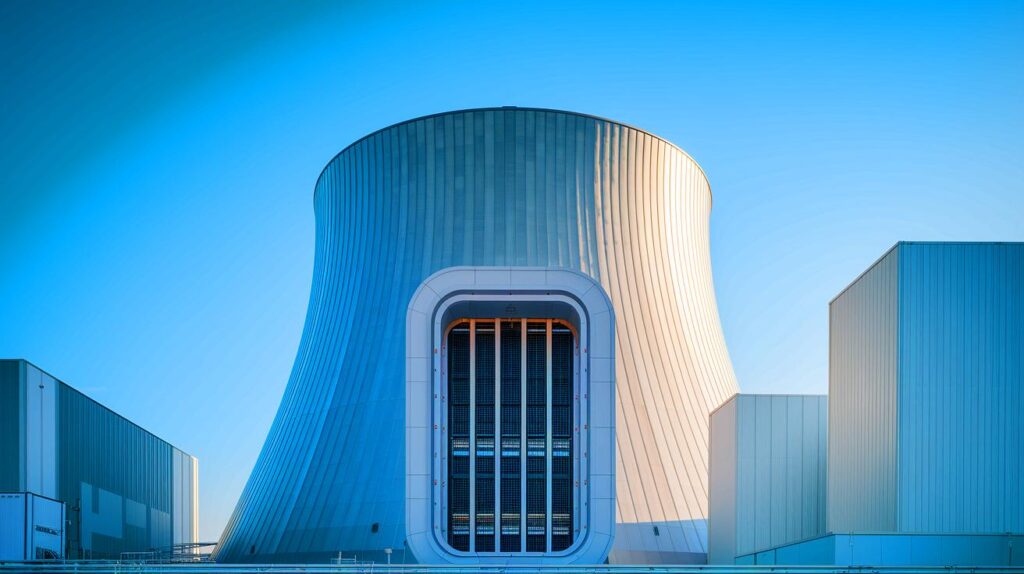| In Brief |
|
Innovations in nuclear power are set to take a significant turn with the development of a floating nuclear plant powered by a rather unexpected element: table salt. This project, which promises to transform our energy production methods, is overseen by Core Power, a pioneering British company in this field. With this revolutionary technology, nuclear energy could become more mobile and accessible, meeting increasing energy demands. But what are the specific features of this ambitious project, and how could it redefine our energy landscape?
A Floating Revolution: The Nuclear Plant At Sea
Core Power’s ambitious project focuses on creating a series of floating nuclear plants that utilize molten salt reactors. These plants could potentially become the largest installation of this type in the United States by the mid-2030s. The idea is to produce plants in a centralized shipyard capable of managing maintenance and refueling. This approach would allow some plants to be stationed near the coast while others are located offshore, offering unprecedented flexibility.
These floating nuclear plants (FNPPs) are set to produce approximately 175 GWh of clean electricity per year, marking a significant shift away from fossil fuels. With such output, FNPPs could play a crucial role in reducing greenhouse gas emissions, which currently account for roughly three-quarters of global emissions. The Liberty project, overseen by Core Power, could very well be a viable solution for a more sustainable energy future.
Molten Salt Reactors: A Proven Technology
Molten salt reactors are not a new concept. First designed in the 1960s by scientists at the Oak Ridge National Laboratory, these reactors used molten salt as both a coolant and fuel component. The initial project, led by nuclear physicist Alvin Weinberg, demonstrated the potential of this technology before being abandoned by the U.S. Department of Energy.
It wasn’t until the early 2000s that interest in molten salt reactors resurfaced, particularly for smaller reactors. Today, with the utilization of uranium-235, Core Power aims to harness the substantial energy generated by this technology. With a higher boiling point for salt compared to water, these reactors are not only safer but also more efficient, eliminating the risk of rapid evaporation.
Strategic Advantages of Floating Nuclear Plants
Floating nuclear plants present numerous strategic advantages. Their mobility allows them to be deployed where needed most, without disrupting surrounding communities. Unlike land-based facilities, they do not require vast spaces, eliminating complications related to expropriation and visual impact. Furthermore, a floating plant can be integrated into an electrical grid to supply power to various geographical points.
Moreover, the potential of these plants extends beyond mere electric generation. They could be utilized to power remote military bases, thereby mitigating the risks of transporting fuel. This application could reduce the number of human losses associated with energy resupply, providing a reliable and secure solution for isolated sites. Core Power is banking on this versatility to make its project appealing on a global scale.
Challenges and Opportunities Ahead
While promising, Core Power’s project must overcome several challenges to succeed. One of the main issues lies in suppliers’ ability to provide reactors capable of producing electricity at a competitive cost. Initial investments and operating costs will need to be managed to ensure the economic viability of floating plants.
Nevertheless, the future outlook is promising. The scientific community is showing increasing interest in this technology, and recent advances suggest significant potential for molten salt reactors. As the world seeks solutions to decarbonize energy, the question arises: Will floating nuclear plants emerge as an essential alternative in the global energy transition?










